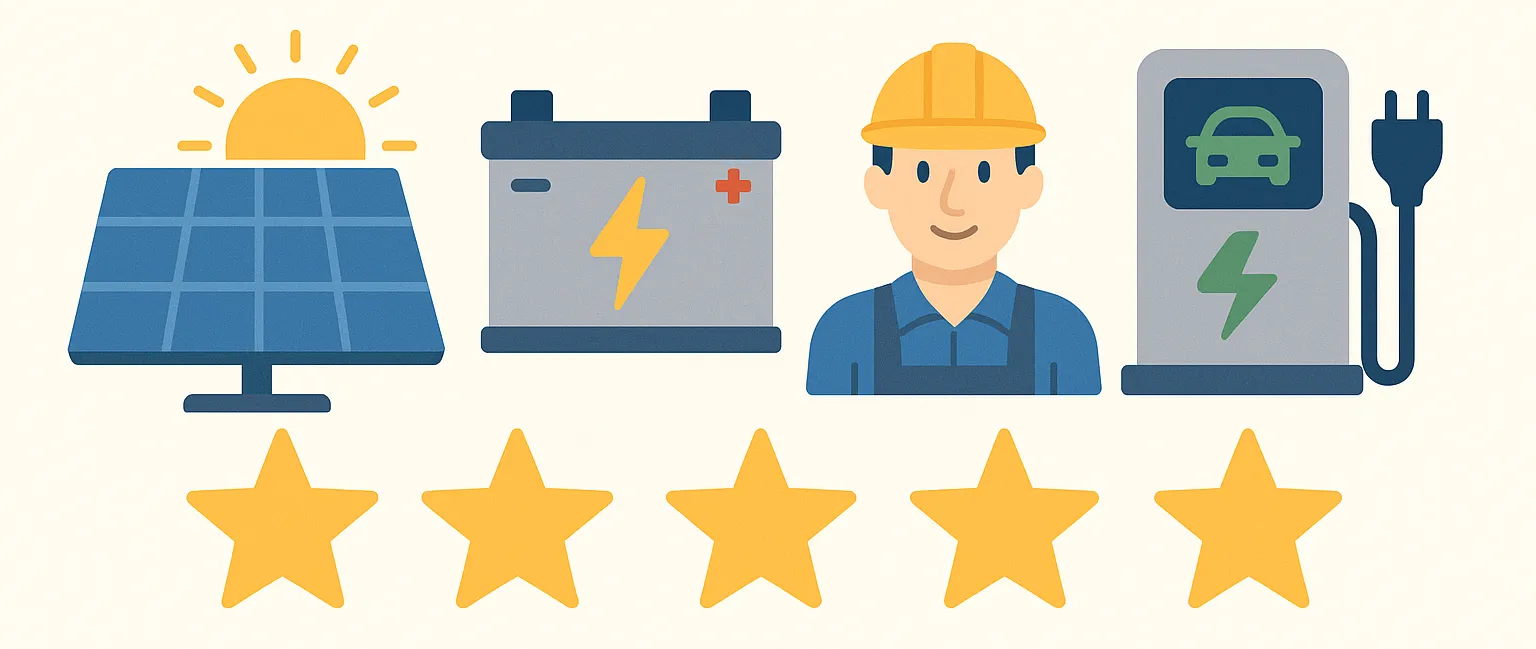The renewable sector in Australia is on an upward spiral, with renewables powering 70 per cent of all Australian households in the last financial year.
This is according to recent data released. However, renewable energy advocates warn of an impending stumble of the booming industry if the Turnbull government fails to commit to the country’s clean energy target.
Currently, there’s a sharp rift in the government over whether the target should be adopted, as recommended in Chief Scientist Alan Finkel’s review of the national electricity market. In a statement, Ken Munson, the chief exec of Sunverge pointed to the fact that there’s high penetration of rooftop solar in Australia, with one in five homes relying on power from the sun. As a result, the country is now at the forefront of transforming the global energy industry. Recent data indicates that Australia generated adequate renewable energy to power 7.1 homes, or 70 percent of homes in the year ending June. This move saw Australia cut its carbon emissions equivalent to removal of 8.1 cars from the road for a whole year—more than half of all the cars in Australia. This Renewable Energy Index data was provided by Green Energy Markets analysts and fully funded by GetUp, an advocacy group.
Further, the data reveals that of all the electricity generated by main grids in Australia’s east and west coast during the last financial year, renewables made up 17.2 per cent of all the energy, down from 7 per cent about a decade ago. Tristan Edis, the director of analysis and advisory at Green Energy Markets noted that the industry had grown from an “investment drought” during the former Prime Minister Tony Abbott’s government when the renewable energy target was cut. Mr Edis added that investors were becoming confident again under Prime Minister Malcolm Turnbull’s government though the boom “could soon turn to bust” if the government fails to adopt a clean energy target, thought to ensure investment certainty beyond 2020 when the renewable energy target will peak.
According to the index, 46 large scale renewable energy projects were under construction by the end of June this year. These projects are expected to create more construction jobs to absorb 8868 people on fulltime basis for a year. In the year to June, nearly 150,000 small scale rooftop solar PV systems were installed, and are expected to deliver about $1.6 billion in electricity bill savings over the next 10 years, or approximately $10,000 per solar system. Environment Minister Josh Frydenberg noted that the energy market in Australia was in transition “as we move to a lower-emissions future”.
“It is not about stopping the transition or renewables versus fossil fuels, it’s about managing the transition to ensure affordable and reliable energy supply,” he stated.
The Environment Minister cited Clean Energy Council figures that prove that a whopping $8 billion of renewable investment was underway, and is expected to deliver in excess of 4000MW of renewable generation capacity. Mr Frydenberg has previously explained that the implementation of the clean energy target would not come into effect until 2020 and hence there was “no rush” in government making a decision now. Miriam Lyons, the environmental justice campaign director at GetUp! said the new data was a clear indication that the renewable energy industry had become a “major player” and a force to reckon.
“It reveals a dramatic shift in public sentiment towards green energy … [and that] public support for renewables has been resilient in the face of so many political attacks,” she stated.
The index which should be updated monthly, will be used to track the renewable energy generated in Australia, number of jobs created, amount of carbon pollution reduced and the overall savings on power bills by households using rooftop solar to power their homes.


